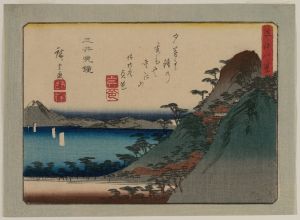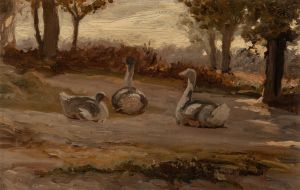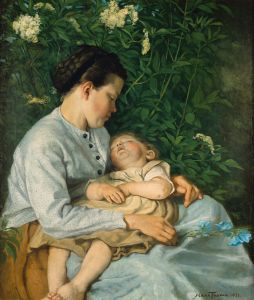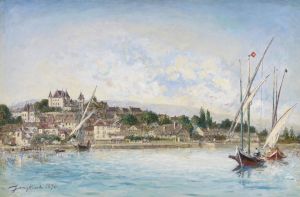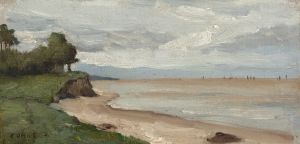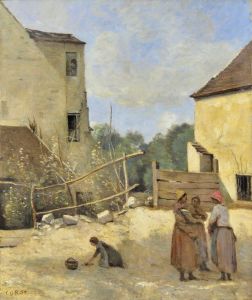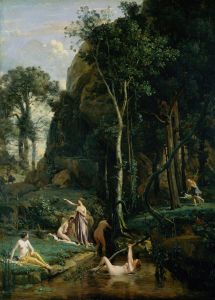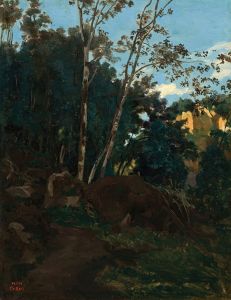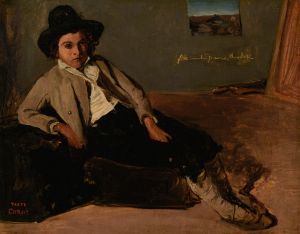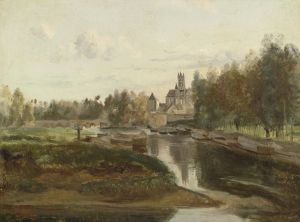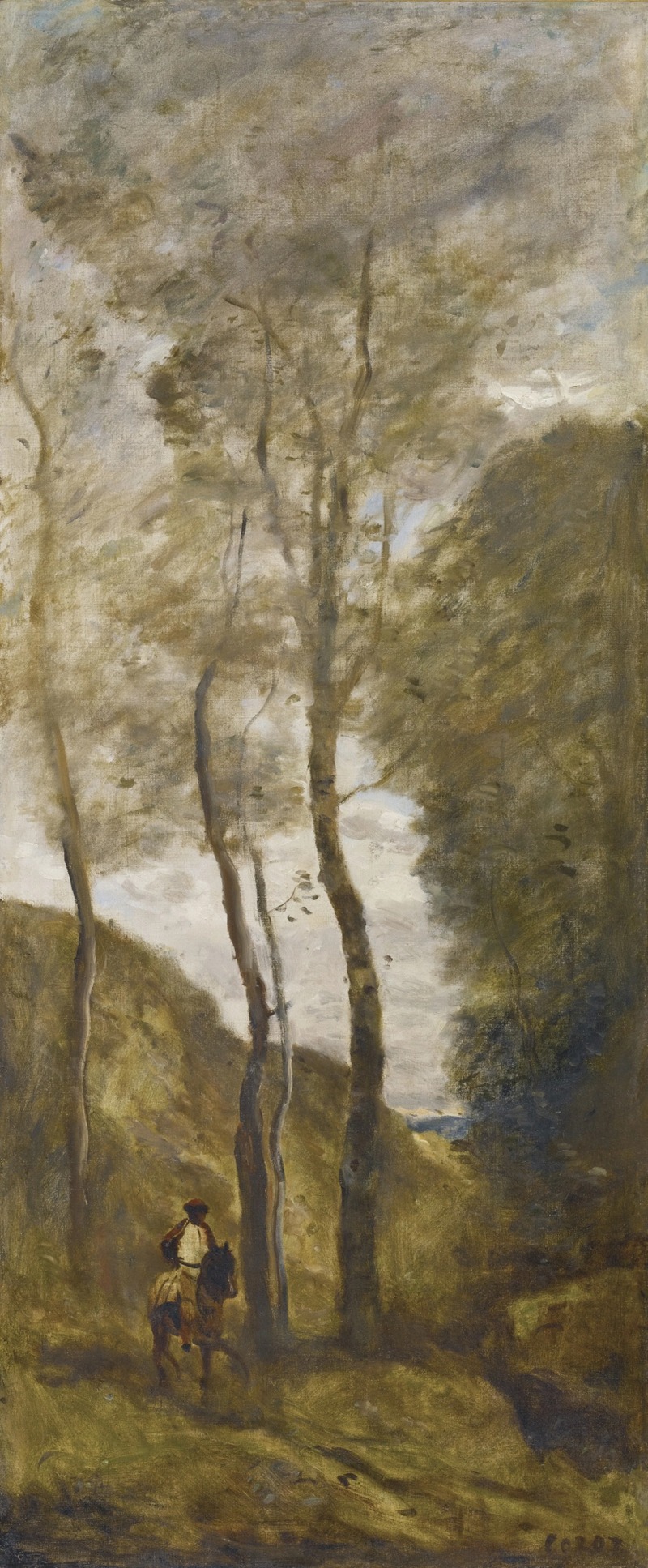
Cavalier dans une gorge
A hand-painted replica of Jean-Baptiste-Camille Corot’s masterpiece Cavalier dans une gorge, meticulously crafted by professional artists to capture the true essence of the original. Each piece is created with museum-quality canvas and rare mineral pigments, carefully painted by experienced artists with delicate brushstrokes and rich, layered colors to perfectly recreate the texture of the original artwork. Unlike machine-printed reproductions, this hand-painted version brings the painting to life, infused with the artist’s emotions and skill in every stroke. Whether for personal collection or home decoration, it instantly elevates the artistic atmosphere of any space.
Jean-Baptiste-Camille Corot was a pivotal figure in landscape painting during the 19th century, and his work "Cavalier dans une gorge" exemplifies his mastery in capturing the essence of nature. Corot, born in Paris in 1796, was a leading figure in the Barbizon School, a movement that emphasized naturalism and the depiction of rural landscapes. His work laid the groundwork for the Impressionist movement that followed.
"Cavalier dans une gorge," translated as "Rider in a Gorge," is a painting that showcases Corot's ability to blend realism with a poetic sensibility. Although specific details about the creation date of this painting are not widely documented, it is consistent with Corot's style during the mid-19th century, a period when he was particularly focused on capturing the interplay of light and shadow in natural settings.
The painting depicts a lone rider navigating through a gorge, surrounded by lush foliage and rugged terrain. Corot's use of a muted color palette, with soft greens and earthy tones, creates a tranquil and contemplative atmosphere. The composition is carefully balanced, with the rider positioned slightly off-center, drawing the viewer's eye into the depth of the landscape. This technique is characteristic of Corot's work, where he often employed a central figure or element to anchor the composition, allowing the surrounding environment to envelop the scene.
Corot's approach to painting was heavily influenced by his travels throughout Europe, particularly in Italy, where he was inspired by the classical landscapes and the quality of light. His ability to capture the transient effects of light and atmosphere is evident in "Cavalier dans une gorge," where the dappled sunlight filters through the trees, casting gentle shadows on the path below. This attention to light and its effects on the landscape was a precursor to the techniques later adopted by the Impressionists.
In addition to his technical skills, Corot was known for his ability to infuse his landscapes with a sense of mood and emotion. "Cavalier dans une gorge" is no exception, as the solitary figure of the rider suggests themes of journey and introspection. The painting invites viewers to contemplate the relationship between humans and nature, a recurring theme in Corot's oeuvre.
Corot's influence on the art world was profound, and his work was highly regarded by his contemporaries and later generations of artists. He was a mentor to many young painters and his studio was a gathering place for aspiring artists. His ability to bridge the gap between traditional landscape painting and the emerging modern styles made him a key figure in the transition from Romanticism to Impressionism.
"Cavalier dans une gorge" is a testament to Corot's skill as a landscape painter and his ability to convey the beauty and serenity of the natural world. Today, his works are celebrated for their timeless quality and continue to be studied and admired by art enthusiasts and scholars alike. While specific details about the provenance or current location of "Cavalier dans une gorge" may not be widely available, the painting remains an important part of Corot's legacy and a fine example of his contribution to the art of landscape painting.





